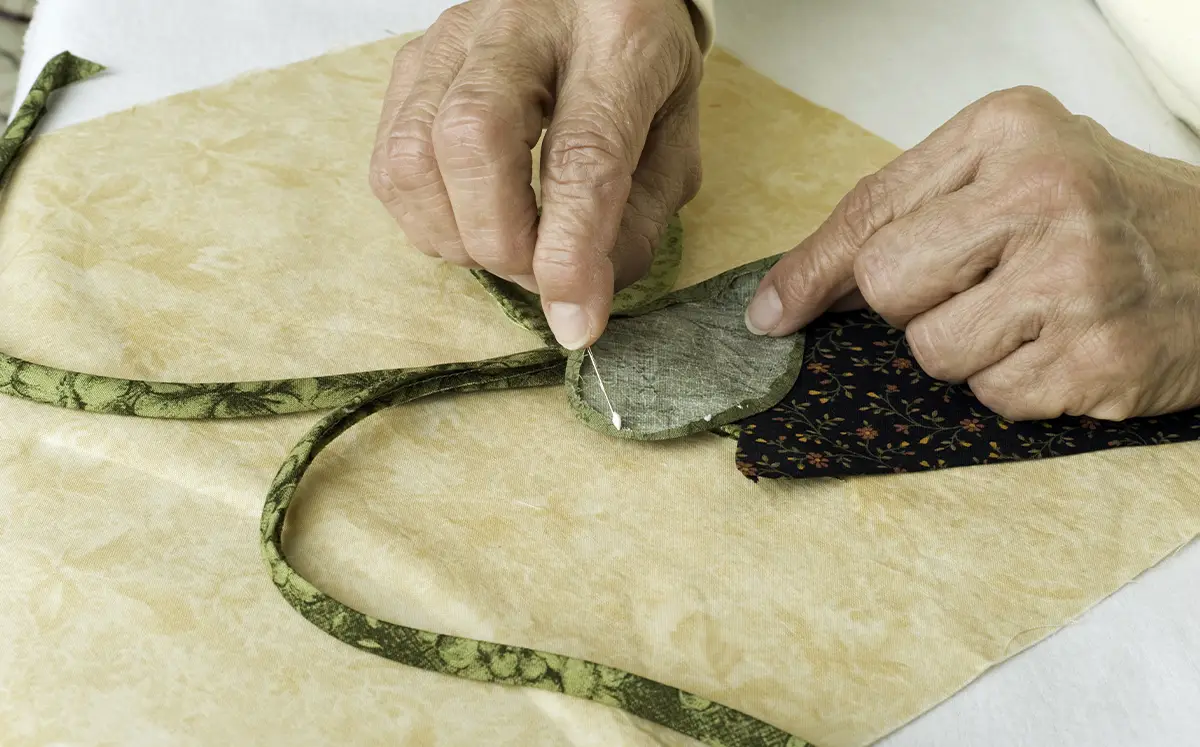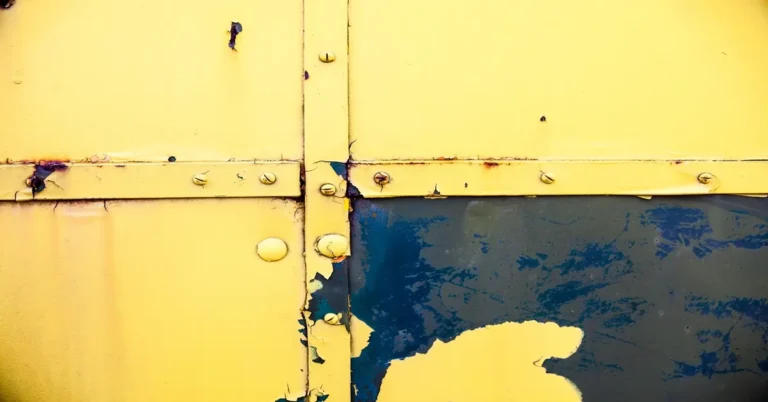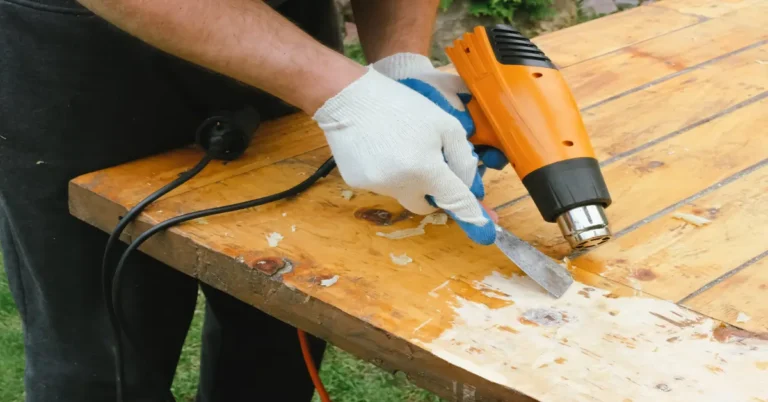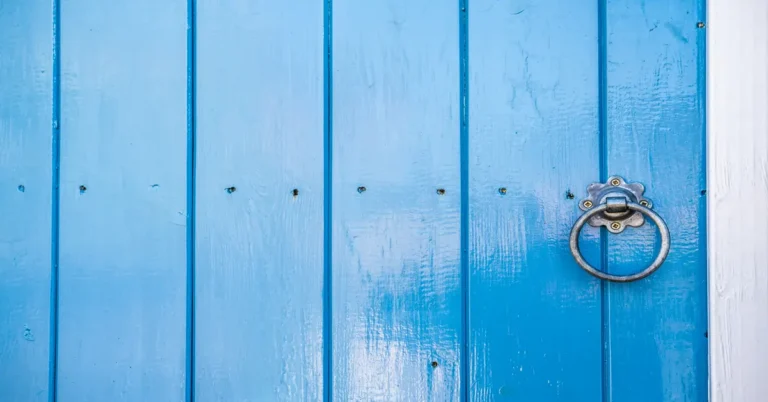For beginners, working with fabrics can be intimidating. After all, fabrics can come in all sizes, textures, and materials, with some being either more delicate or stiff. Many think extensive sewing knowledge is needed to work with fabrics properly, ensure these materials don’t fall apart, and achieve the best results.
But working with fabrics doesn’t always have to be complicated! If you struggle with sewing or do not have the materials needed for this task, there is always the opportunity to buy and use high-quality glue made for fabrics.
As its name suggests, this adhesive can be used to stick fabrics together or to other materials without the need for sewing. Fabric glue can also be used if you are sticking appliques or embellishments like sequins and gemstones to fabrics.
Like other adhesives, it is important to make careful choices when considering the ideal type of fabric glue for patches or yards of material. This way, you can choose the best fabric glue for the patches or materials you will handle.
Fabric glue formulations vary depending on their purpose and the material they will be used on. One wrong move can negatively affect the project’s result and even ruin the material you’re working with. Prevent any of these mishaps from happening and work with fabric glue easily. Check out these tips that can help you handle and master this adhesive in no time.
- Work with clean fabric. Just like other items that require adhesives, always apply fabric glue to clean materials. Unless you are purposefully going for that unwashed aesthetic, dirty fabric does not look pleasant to the eyes. Dirt or dust trapped in the fabric can also affect how the glue works on the material and the project’s outcome.
If needed, wash and dry the fabric thoroughly before putting glue on it. Refrain from using fabric softener or dryer sheets since these can leave an oily residue or film on the fabric. As a result, it will be difficult to glue the fabric.
- Determine how “permanent” you want the bond between adhesive and material to be. There are many types of fabric glue, each with specific purposes and capabilities. It is important to know what you want to achieve with your project so you can choose the right fabric glue that can set you up for success.
Right off the bat, you should determine whether you want permanent or temporary fabric glue. If you want long-lasting results or need to repair clothes, go for the former. Once permanent fabric glue dries, it becomes insoluble and will not come off the material once washed. On the other hand, temporary fabric glue is ideal for projects where fabric repositioning is required since it is water-soluble. If the adhesive comes into contact with water, its bond with the fabric breaks.
After you have decided on how strong you want the fabric glue to bond with the material, feel free to choose from adhesives that can come in liquid, spray, or even tape form, or those that can be set with the help of heat or left to cool on their own.
- Test the fabric glue on a scrap piece of material. If you have some scrap fabric, apply adhesive on it. This piece can serve as a “tester” and help determine if the glue will work and bond well with the material and not damage it.
- Mark the fabric to know where you will apply the glue. This will serve as a guide so you know where to apply the fabric glue and help ensure precise application. When you are applying fabric glue, keep your hands steady and place the glue carefully.
If the glue goes over the lines or marks you have made on the fabric, the extra adhesive can cause stains or the material to even rip. Fortunately, you can clean the excess glue ASAP by dabbing a damp cloth or wiping the affected area. - Apply sufficient amounts of pressure onto the fabric after you apply the glue. Once you are satisfied with the placement and the quantity of the fabric glue on the materials, flatten the fabric and apply some pressure or weight. This will allow the glue and the material to hold and stick together better.
You can use a square piece of cardboard to smooth out the fabric and the adhesive. Once you are satisfied with the application, let the fabric glue dry.
- Prioritize your safety when handling fabric glue. Some fabric adhesives contain chemicals that can emit fumes. As such, be extra careful when handling fabric glue and work inside a well-ventilated area to prevent inhalation of fumes.
Wear protective equipment like goggles, face masks, and gloves too. The last item is important as fabric glue can irritate the skin and is difficult to remove. Should you get glue on the skin, wash the area with soap and water. - Pay attention to drying times. Much like other items that have been stuck together with adhesives, you want to let the fabric glue dry and fully cure first before using the item you have worked on. Read the product instructions that came with the fabric glue and take note of drying and curing times.
Impatience at this stage can be costly since the bond between fabric glue and the material can be destroyed. There is also the possibility of added mess because you touch the fabrics while they are drying.
Hopefully, these tips have helped you understand more about the uses and types of fabric glue and how to apply them properly. If you have additional questions about using fabric glue efficiently and whether or not your project can benefit from this adhesive, feel free to talk to an industry professional.
If you’re on the hunt for a high-quality adhesive that can bind fabrics together or to other materials, look no further than Island Chemicals’ Apollo White Glue. This emulsion-type adhesive offers outstanding bonding strength and excellent wet tack properties. Island Chemicals’ Apollo White Glue can be used on paper and bookbinding applications, as well as for wood joint reinforcements. It can dry in as fast as 20 to 25 minutes.
When using this adhesive, stir the product thoroughly before use. Once done, tightly seal the container and store it in an area that will not go above 35 degrees Celsius. If you need to throw away the product, always follow government guidelines regarding proper disposal.
With Island Chemicals, you can find the ideal fabric glue that suits your project’s needs and offers durability and strength for quality that lasts for years! For more information about fabric glue or other types of adhesives that you can use for your projects, check out these tips from Island Chemicals today.
References:
https://sewingiscool.com/how-to-use-fabric-glue-instead-of-sewing/
https://www.ehow.com/list_7515137_tips-applying-fabric-glue.html
https://www.ageberry.com/how-to-use-fabric-glue-guide





